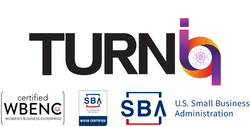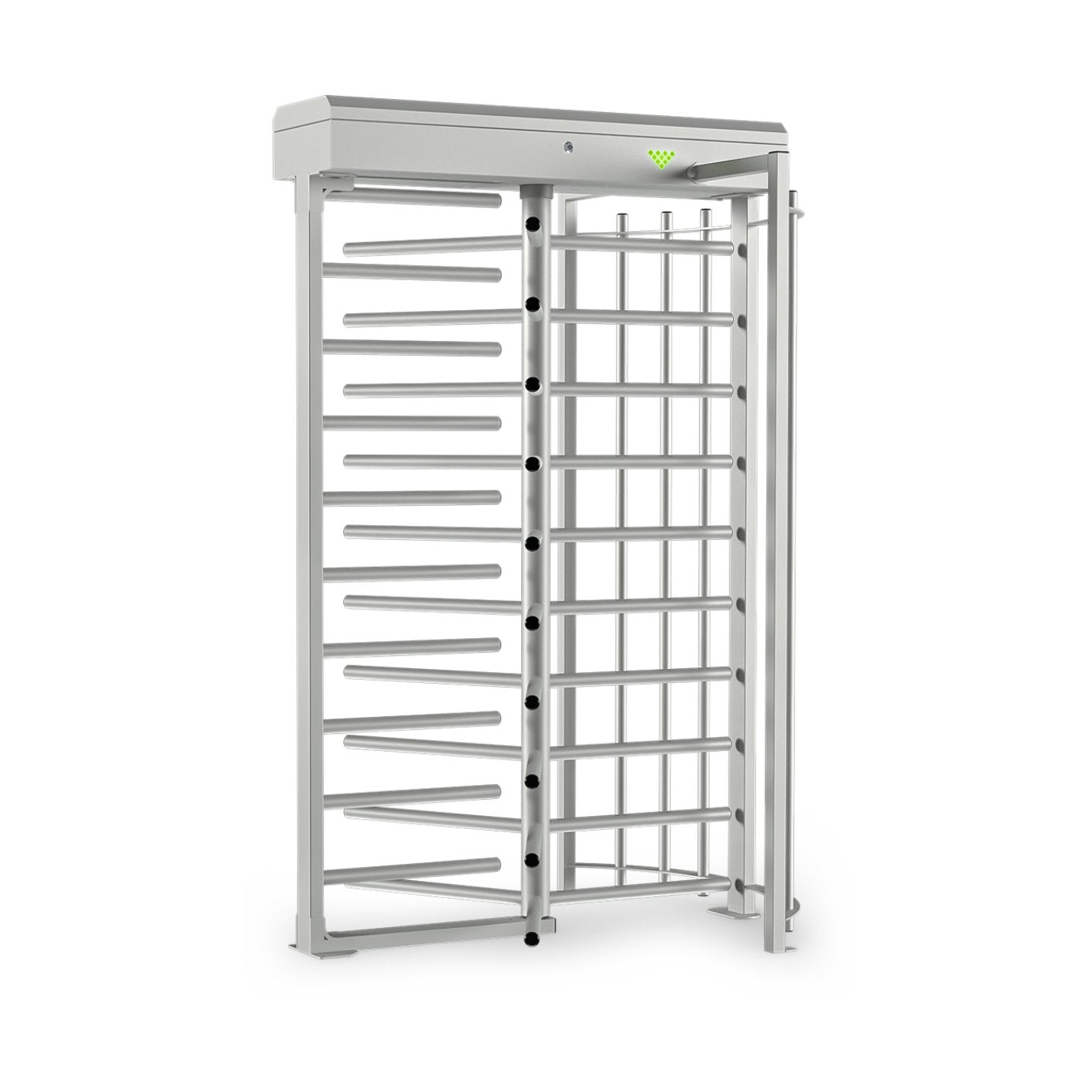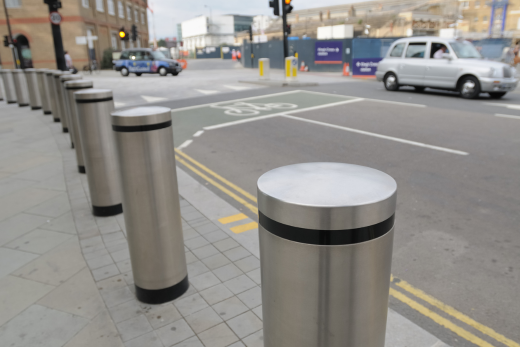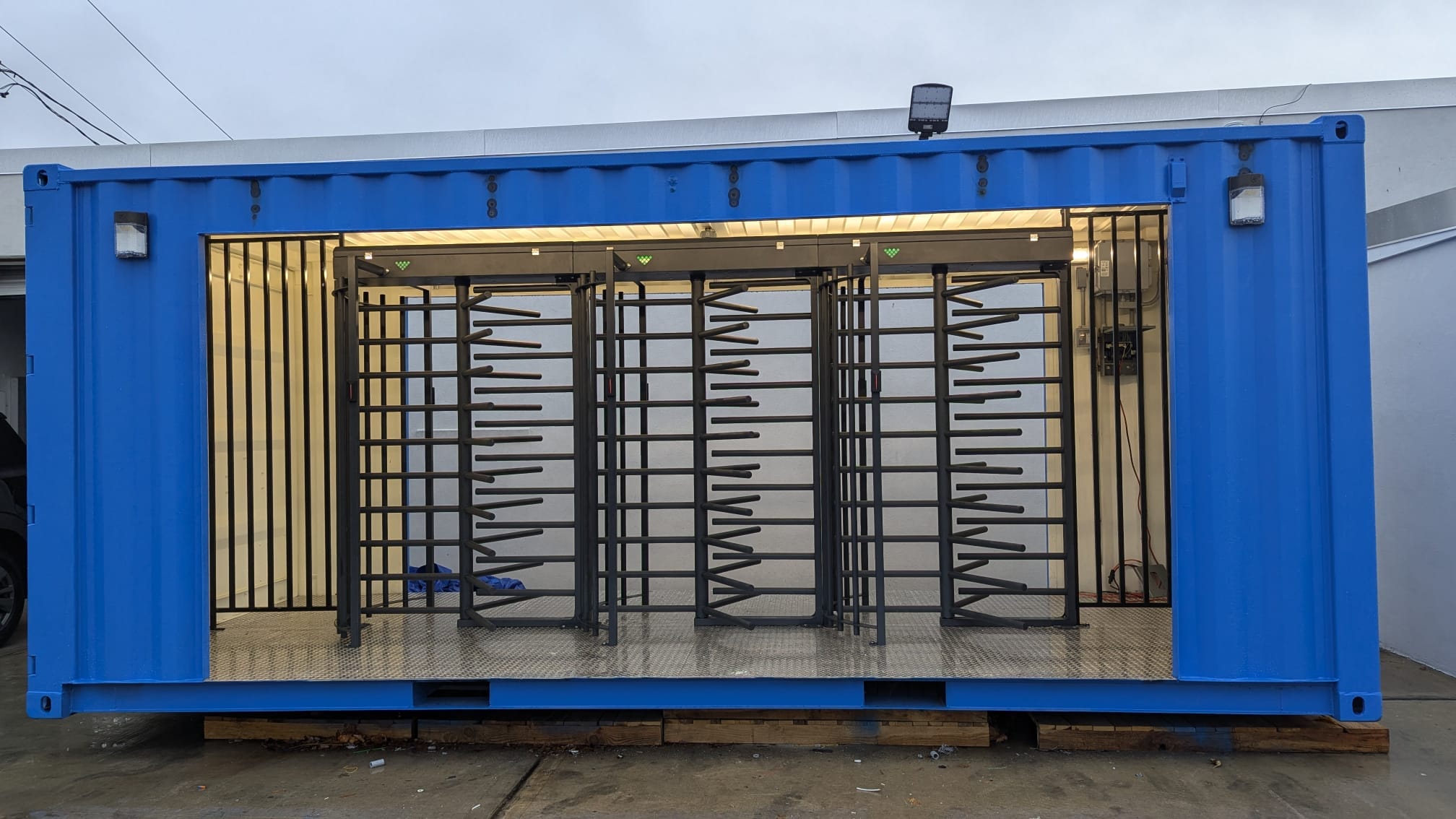Innovative Traffic Bollard Designs for Modern Urban Planning
Retractable and Automated Bollards
Features and Benefits
Applications in Urban Environments
Smart Bollards Integrated with Technology
Technological Features
Enhancing Urban Planning
Eco-Friendly and Solar-Powered Bollards
Design and Functionality
Benefits for Sustainable Urban Development
Artistic and Aesthetic Bollards
Creative Designs
Impact on Urban Spaces
Flexible and Impact-Resistant Bollards
Innovative Materials
Applications in Urban Safety
Conclusion: Redefining Urban Spaces with Innovative Bollard Designs
In modern urban planning, traffic management and pedestrian safety are paramount concerns. Traffic bollards have long been used as a versatile solution to control vehicle access, protect pedestrians, and define spaces. However, as cities evolve, so does the need for more innovative and aesthetically pleasing traffic bollard designs. These new designs not only fulfill their practical purposes but also enhance the visual appeal of urban environments. In this article, we explore some of the most innovative traffic bollard designs and how they are being integrated into modern urban planning.
Retractable and Automated Bollards
One of the most significant innovations in traffic bollard design is the development of retractable and automated bollards. These bollards can be raised or lowered as needed, providing flexibility in controlling vehicle access.
Features and Benefits
Retractable bollards are often used in areas where vehicle access needs to be restricted at certain times but allowed at others, such as pedestrian zones, emergency routes, or private entrances. Automated versions can be controlled remotely or triggered by sensors, such as RFID tags or license plate recognition systems, providing a seamless and automated access control solution.
Applications in Urban Environments
Retractable and automated bollards are commonly used in city centers, shopping districts, and areas with mixed-use traffic. They provide a clean and unobtrusive look when lowered, enhancing the aesthetic of the area while still offering robust security when needed.
Smart Bollards Integrated with Technology
With the rise of smart cities, integrating technology into urban infrastructure has become essential. Smart bollards are designed to communicate with other city systems, providing data and enhancing urban management.
Technological Features
Smart bollards can be equipped with sensors, cameras, and communication devices that allow them to monitor traffic flow, detect vehicles, and even communicate with autonomous vehicles. They can be integrated with smart traffic lights, pedestrian signals, and emergency response systems, providing real-time data and improving overall traffic management.
Enhancing Urban Planning
Incorporating smart bollards into urban planning allows city planners to manage traffic more efficiently and respond to incidents faster. For example, smart bollards can be programmed to change their behavior based on traffic conditions, weather, or specific events, such as lowering during an emergency to allow vehicle access.
Eco-Friendly and Solar-Powered Bollards
Sustainability is a key consideration in modern urban design, and traffic bollards are no exception. Eco-friendly bollards, particularly those powered by solar energy, offer an environmentally conscious solution.
Design and Functionality
Solar-powered bollards are equipped with photovoltaic panels that convert sunlight into energy, which is then used to power LED lights or other electronic components. These bollards can provide illumination for pathways, bike lanes, or pedestrian zones without relying on external power sources, reducing energy consumption and carbon footprint.
Benefits for Sustainable Urban Development
Eco-friendly bollards support sustainable urban development by reducing reliance on non-renewable energy sources and minimizing light pollution. They are especially useful in parks, recreational areas, and eco-sensitive zones where maintaining a natural environment is a priority.
Artistic and Aesthetic Bollards
While functionality is a critical aspect of traffic bollards, aesthetics are also becoming increasingly important in modern urban design. Artistic bollards are designed to complement the visual landscape of a city, serving as both functional traffic control devices and public art installations.
Creative Designs
Artistic bollards can take many forms, from abstract sculptures to culturally significant designs that reflect the heritage of a city. Some bollards are even created by local artists or community groups, adding a personal touch to the urban environment.
Impact on Urban Spaces
By incorporating artistic bollards, urban planners can create more visually appealing and engaging public spaces. These bollards can be used to enhance the character of a neighborhood, create a sense of place, or promote local culture, contributing to a more vibrant and inclusive city environment.
Flexible and Impact-Resistant Bollards
Safety remains a top priority in urban planning, and bollard designs have evolved to address this concern. Flexible and impact-resistant bollards are designed to withstand vehicle collisions while minimizing damage to both the bollard and the vehicle.
Innovative Materials
These bollards are typically made from materials like polyurethane or high-density polyethylene, which are strong yet flexible. They can bend upon impact and then return to their original shape, reducing the risk of injury to pedestrians and minimizing damage to vehicles.
Applications in Urban Safety
Flexible bollards are ideal for use in areas with heavy pedestrian traffic, such as school zones, bike lanes, and busy crosswalks. They provide a high level of visibility and physical protection while allowing for some degree of flexibility in case of accidental contact.
Conclusion: Redefining Urban Spaces with Innovative Bollard Designs
Traffic bollards are no longer just utilitarian barriers; they have become integral components of modern urban planning. From smart and automated designs to eco-friendly and artistic options, bollards are being reimagined to serve both functional and aesthetic purposes. By integrating these innovative bollard designs into urban landscapes, city planners can create safer, more efficient, and visually appealing public spaces. In the evolving fabric of urban environments, bollards are proving that even the simplest elements can play a pivotal role in shaping the cities of the future.





